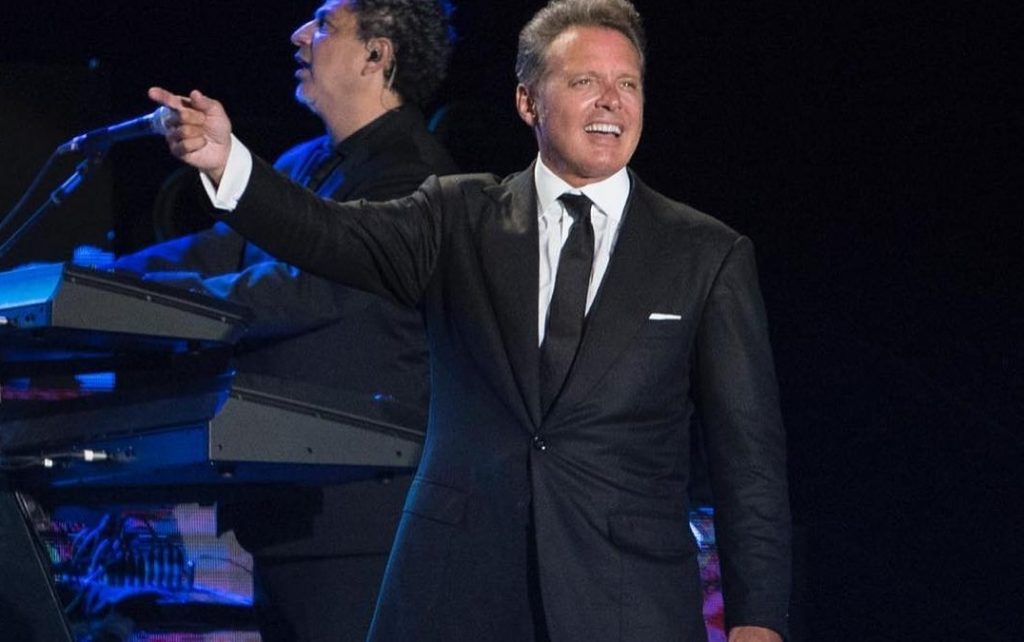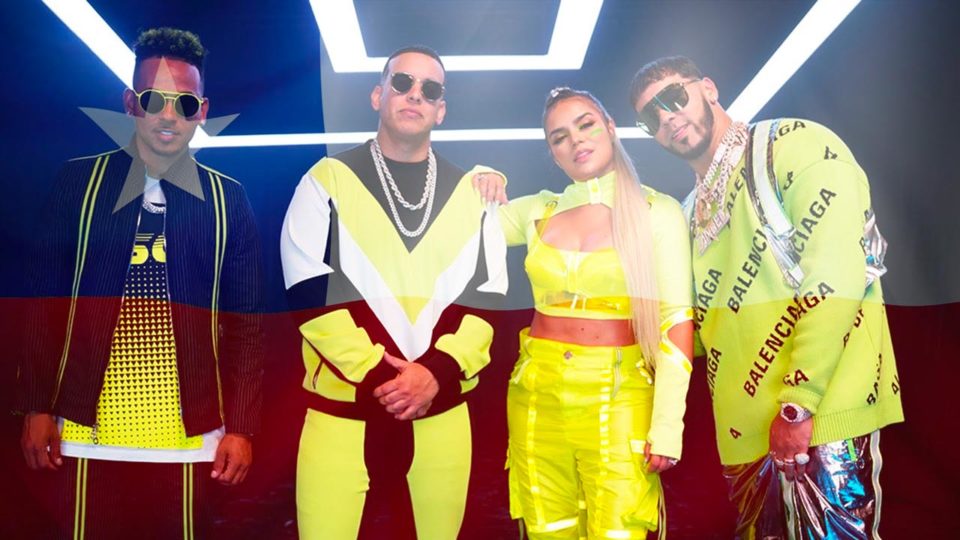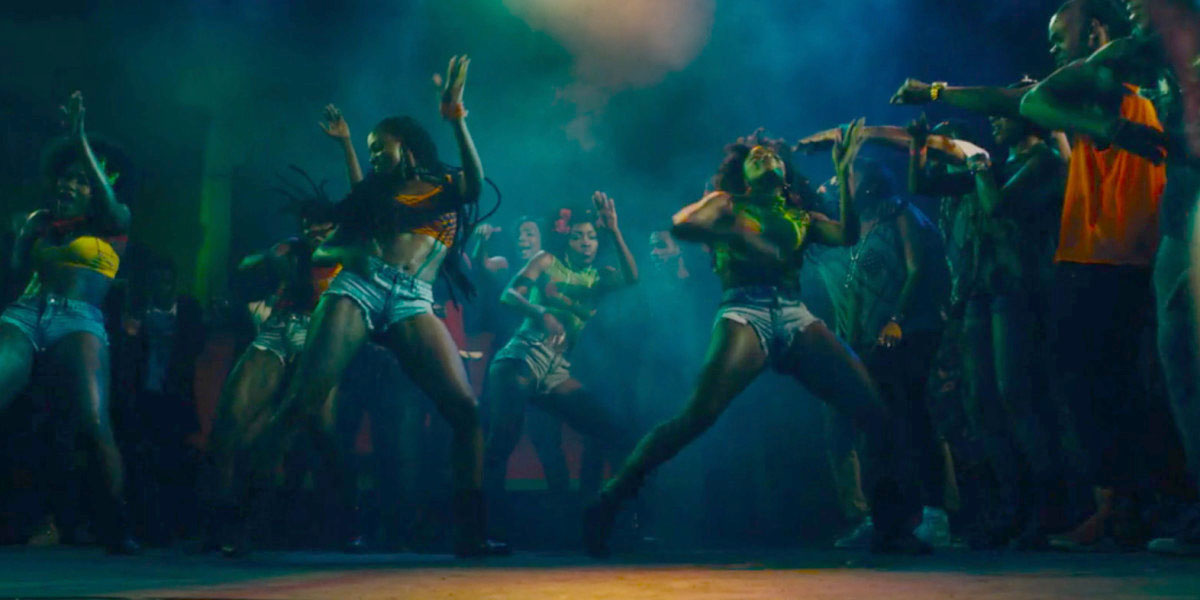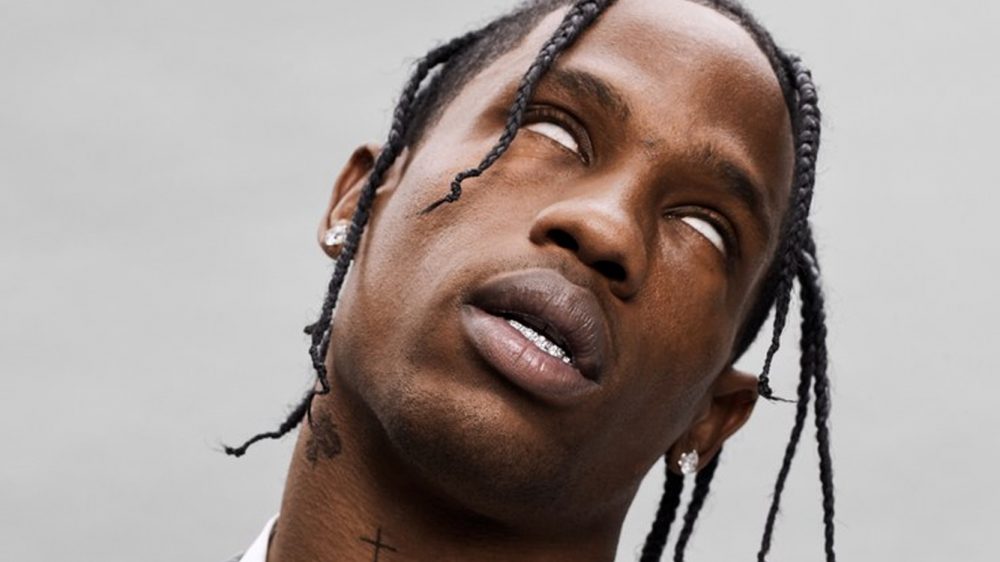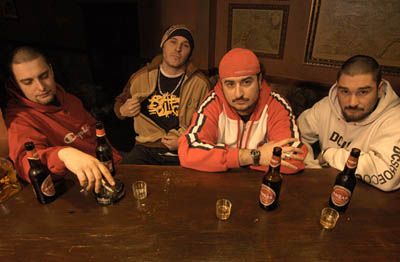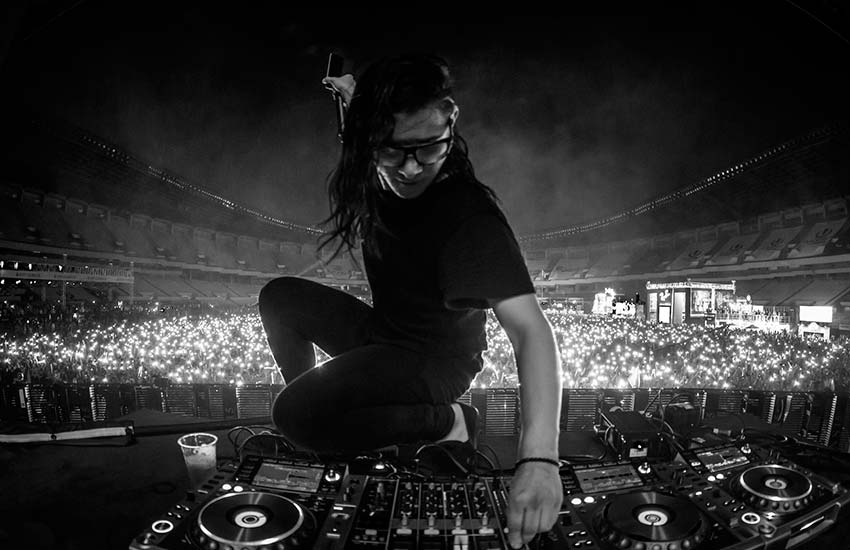Intro
As you can imagine if you’ve taken a stroll around here, I don’t have a strong preference when it comes to musical genres: I love working with music in general, and that’s why I arrange and produce both modern electronic genres and more classical or acoustic genres, because each music has its own characteristics that make it great.
In the case of the acoustic format, finding the right role for a wall piano sound in a mix, or placing a hammond organ well in the space, or making the overall sound have a warmth that makes it sound like it’s whispering guitar melodies in your ear, is an exciting challenge.
However, in the most electronic music, the mastery of bass frequencies, the pumping that each track needs to be hypnotic and drive the eardrum crazy, knowing how to control certain extremely aggressive compressions… is also very interesting. In this case we go to the other side of the scale, the side of subtlety, in which genres such as the ballad are situated.
History of the ballad
The ballad genre, although dating back to the Middle Ages as a genre based solely on the lyrical component, the musical genre itself saw the light of day in the USA from 1920 onwards. And being a music that came from European culture, and arrived on the Indian continent due to the migrations coming from the arms disaster of what was once called “the great war”, the influence of classical music and jazz and modern harmony with which it created a certain mestization in North America was felt relatively early.
And of course, as was to be expected, shortly after the middle of the 20th century it arrived in Latin America, where it mixed with Afro-Latin culture and went on to acquire some of the identifying features of Hispanic New World music, such as some typical string instruments and, as happened to the Catalan sardana with the migrations of the sailors, it became infected with the sensual rhythms of Hispanic New World music.
The history of my curiosity about this genre
There is something that has always struck me about ballads, especially Luis Miguel’s classic Latin ballads: the arrangements are often very elaborate on a harmonic level and have a lot of flavour. I have always been attracted to long, labyrinthine, complex, sophisticated harmonic sequences.
As an anecdote, I remember that when I was a child I tried to play by ear the harmonies of the choruses and instruments of some Queen songs like Friends to be Friends, because those dynamic movements, those epic descents and those cadences aroused my interest.
Poems of suit, tie and rose in the mouth. The lyricism of the harmonies and melodies in the ballad.
The ballad is sensual, slow music, with enveloping and relaxing percussive effects, particular timbres, characterised mainly by a romantic tone. The ballad is the musical search for pure caviar. It is gallantry, elegance: a well cared for, respectful and polite message. In the musical aspect, detail is the priority.
As I mentioned before, harmony is very interesting due to its complexity, and the fact is that the European concept of the ballad migrated to the USA at a time when jazz was triumphing and also crossing borders, so that the harmonic discourse of one grew alongside the other and developed at an aesthetic level very close to the intellectualisation and academisation that the genre underwent with the boppers from the 1940s onwards. Although – as we have said – the harmony is twinned with the jazz language, it is also true that it specifically resorts to certain harmonic ethos based on certain cadences and cycles of fifths with resolutions of dissonances, and all the instrumental melodies are lyrical and full of delays and syncopations.
And the fact is that these delays indicate pure sensuality in a sort of platonic sense. Slow and delayed is romantic, sensual. The fast, powerful and rhythmic is sexual, and the different genres of popular music explicitly indicate this through these discursive aspects (as sexual music we could highlight some tracks from the beginnings of reggaeton, although lately the genre is turning both melodically and rhythmically to the slow and romantic.
Mis influencias
There are some classics (and not so classics) that teach me how the musical aesthetics of a ballad should be carried out every time I listen to them. This song by Luis Miguel inspires me, not only because of its subtle harmonic twists and the deep sound of the brass and strings, but also because it is a classic that I have heard everywhere all my life, because this song is first and foremost summer party fodder (;P). This ballad is very striking because it has a strong relation to the mariachi genre, but the harmonic movements are pure Latin ballad, and the mix between the two is very striking.
Also Miguel Bosé’s Te amaré is a song that has influenced me a lot, despite the fact that I have known it for a short time. It is a song that a client from Valencia asked me for a reliable base, that is to say, a work as similar as possible to the original base of this live performance that I leave here.
And finally, as always, here is an example of my own. It’s a work from a couple of years ago: a Latin ballad with a lot of the romantic piano sound that so elegantly suits love songs. I hope you enjoy it:
https://soundcloud.com/dakotapulse/balada
And that’s all for today! See you in a few days with another little story. As always, I leave you some similar blogs: See you next week!
Recuerda que puedes pedirme que te produzca bases personalizadas de rap, trap, dembow, pop, r&b, dembow, reggaetón, etc! A la carta.
